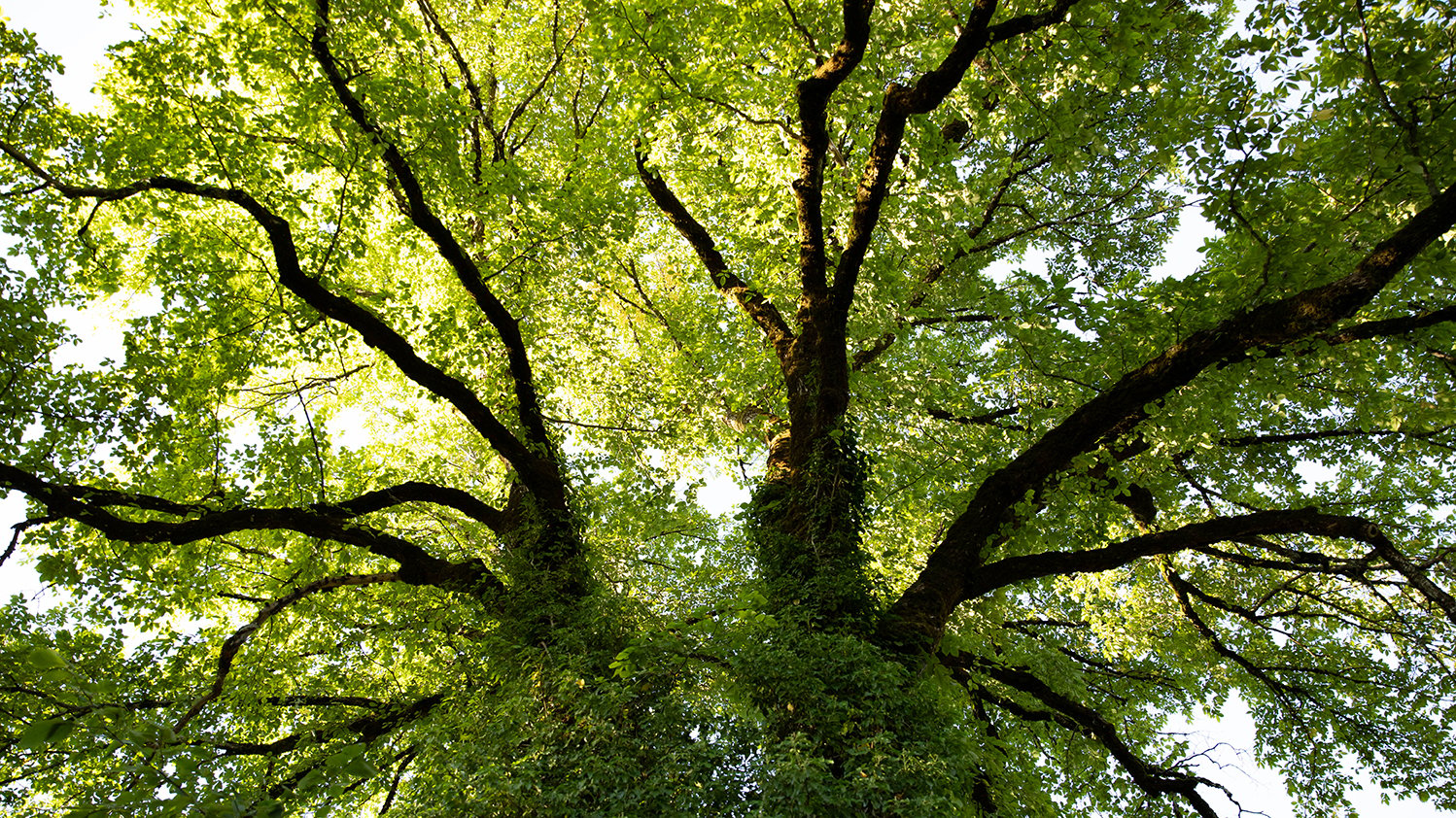The black ash tree, scientific name Fraxinus nigra, is a slender, medium sized tree that grows in the northeast and midwest part of the United States as well as southern Canada. Until recently, it was not a very well known tree; it’s not widely used for commercial purposes and has become an endangered species in some locations. Black ash trees are especially susceptible to the emerald ash borer, pests that have killed millions of ash trees since being introduced to the western hemisphere two decades ago. Due to their susceptibility to the pest, these trees can be high maintenance but their importance to the natural environment makes them vital to protect.
Black Ash Tree Identification
The first step in protecting the black ash tree is being able to identify it. Ash trees can be difficult to tell apart but most notably, the black ash’s leaves are attached directly to a central stalk with no leaf stem and the seed pods produced by the tree are flat and not easily visible in photographs. The tree also has scaly gray bark that flakes off in horizontal breaks and leaf scars—the mark left on the tree after a leaf falls off a twig—are straight across or only weakly notched at the top, not a defined U-shape. These trees vary in height but are always rather thin with the widest diameter being around two feet.
Understanding the Importance of the Black Ash Tree
Like many trees, the black ash tree’s impact is most seen when it comes to native wildlife. The seeds provide food for countless types of birds, as well as mammals such as foxes, bears, and squirrels. Beavers love chewing on the flaky bark and bats often raise their young in the protective branches of the tree. Deer feed on the branches, and many species of frogs take shelter around the trees as well. The tree also helps to prevent flooding in its native range.
Perhaps most importantly, the black ash is incredibly culturally important to some groups of indigenous people who have long harvested them to make both artistic and utilitarian baskets. The tree is also revered as a spiritual resource and has been used for medicinal purposes by Indigenous groups; the Iroquois native to Central and Western New York would use the bark and roots of the tree with other plants to steep a tea that was used to treat rheumatism.
The Emerald Ash Borer
The biggest threat to black ash trees is the emerald ash borer, an invasive pest that the tree has no natural immunity or defense against. Ash borers are beetles native to Asia but have officially been present in North America since around 2002. These pests feed on the internal bark of fourteen different species of ash trees which then prevents the tree from absorbing water and nutrients, subsequently killing them.
In order to fight back against the emerald ash borer and avoid a diseased ash tree, frequent use of insecticide is required. Treat ash trees every two to three years for the tree’s entire life. If properly cared for, a black ash tree can live for more than 200 years.
Once your ash tree is completely infested by the emerald ash borer, the damage is irreversible. It’s vital to deal with the ash borer as soon as you spot it without any delay; if treated with insecticide in the early stages, the tree can sometimes be saved. If the tree is unable to be saved, cut it down as soon as possible especially if you have multiple ash trees nearby. Emerald ash borers spread ash tree disease and it is incredibly contagious. It’s sometimes recommended to remove any white, green, or mountain ash trees that may be close to a black ash tree just to be sure that no pests or infectious diseases can get close to the endangered tree.
How to Care For a Black Ash Sapling
If you want to take on the challenge of growing and caring for a black ash yourself, give the young tree it’s ideal environment. Black ash trees prefer to be in full sun near moving water, such as a creek or river, as it grows best in wet soil. Adding fertilizer around the roots of the young tree will help give it a good head start. Don’t plant in cold temperatures; the black ash doesn’t do well with freezes when it has yet to properly take root.
What if I Have a Dead Ash Tree?
If you see a dead ash tree it’s recommended to take it down as soon as possible. The biggest killer of ash trees is the emerald ash borer and the bugs spread very quickly. In order to prevent the spread to other nearby ash trees, cut down your diseased ash tree as soon as it’s beyond saving. Dead trees also run a much higher risk of being blown down by high winds. Sometimes, if you have an ash tree isolated from other ash trees in a safe “fall zone”, it’s acceptable to leave a dead ash standing because it still provides cover for wildlife.
Attempting to cut a tree down yourself is a very dangerous job and best left to professional tree cutting services. Woodeez Tree Service is fully licensed and insured with over 15 years of experience. Contact us for a free estimate today.

